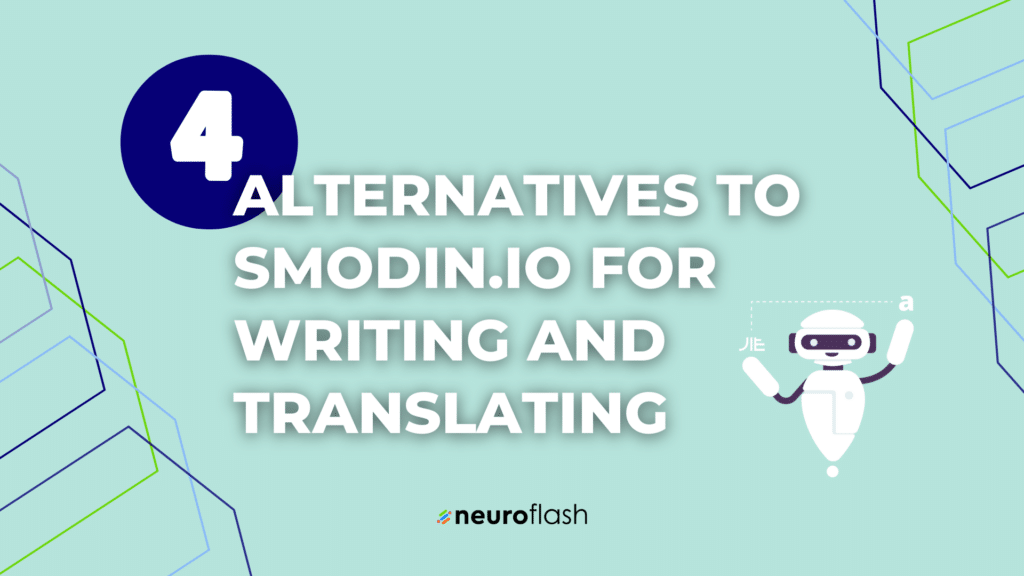AI-generated images have revolutionized the way we look at and process visual media, but their detection raises ethical concerns about privacy and consent. In this article, we will explore the technology behind it, its impact on society, advantages and disadvantages, current regulations and standards, and the future of AI images detection.
The Technology behind Detection
AI images detection uses machine learning algorithms to automatically recognize and classify visual content. It distinguishes AI-generated images from real-world ones by analyzing their pixel patterns, colors, and structures.
There are two main categories of AI images detection: image recognition and image detection. Image recognition deals with identifying the various features in an image, such as faces or objects, while image detection involves identifying whether an image is real or AI-generated.
One of the most widely used artificial intelligence models for images detection is the convolutional neural network (CNN). It uses a multi-layered process of image analysis to differentiate between real and AI-generated images with high accuracy.
AI images detection technology has helped the media and advertising industries to detect fake news and fake images, but it also raises concerns about privacy and security when it comes to surveillance and data mining.
Click here for a more detailed understanding of the technology behind AI images detection.
The Impact of AI Images Detection
AI images detection has had a significant impact on various industries, including the media, advertising, and security. It has enabled faster and more accurate identification of fake images and videos, which helps combat fake news and disinformation.
However, AI images detection also has a downside. It can invade privacy and surveillance, leading to the potential abuse of power by governments and organizations. It can also have a negative effect on the creation of new art, as AI-generated images are starting to infiltrate creative fields.
Moreover, the spread of fake images is not solely dependent on technology, but also influenced by social media and clickbait culture. Therefore, AI images detection alone cannot solve the problem of fake news and disinformation.
Advantages and Disadvantages of AI Images Detection
AI images detection has both advantages and disadvantages. Its main advantage is the ability to quickly and accurately detect fake images and videos, which helps to combat disinformation and fake news.
However, the use of AI images detection raises ethical concerns about privacy and consent. The technology can be misused for surveillance and data mining, which leads to privacy violation and abuse of power. Moreover, AI-generated images can infiltrate creative fields, leading to a decline in creativity and artistic expression.
Another disadvantage of AI images detection is its cost. Implementing AI detection technology can be expensive and time-consuming, especially for small businesses and individuals.
Current Regulations and Standards
As the use of AI images detection technology becomes more widespread, there is a growing need for regulations and standards to ensure its ethical use. Although various countries have their own regulations, there is no universal standard for AI images detection.
European Union’s General Data Protection Regulation (GDPR) is one of the few legal frameworks that directly addresses AI-generated data. It requires companies to obtain consent to use people’s images and other personal data.
Other countries, such as the United States and China, also have their own regulations and guidelines for AI images detection. Still, there is a need for a more comprehensive and unified standard that covers all aspects of AI-generated data and images.
Future of AI Images Detection
As AI images detection technology becomes more advanced, it has the potential to revolutionize various industries, including healthcare, transportation, and education. AI-generated images can help doctors to better diagnose diseases, improve road safety, and create immersive educational experiences.
However, as the technology advances, so do ethical concerns. There is a growing need to regulate and standardize AI-generated data and images to ensure their ethical use and prevent abuse of power.
Useful Tips
- Be aware of privacy risks when sharing images online
- Familiarize yourself with privacy regulations in your country
- Use watermarks or licensing agreements to protect your images
- Understand the limitations of AI images detection
- Implement AI images detection technology in a responsible and ethical manner
Related Questions
How does AI detect images?
AI detects images by using machine learning algorithms, such as convolutional neural networks, to analyze the pixel patterns, colors, and structures of an image. The trained model can then classify the image into various categories based on its features.
What is the difference between image recognition and image detection?
Image recognition deals with identifying the various features in an image, such as faces or objects, while image detection involves identifying whether an image is real or AI-generated.
Is AI image detection accurate?
AI image detection can be accurate with high precision and recall, but it still has limitations and can make errors. The accuracy of AI image detection depends on the quality and quantity of the training data.
How is AI images detection used in industries?
AI images detection is used in various industries, such as media, advertising, and security, to detect fake images, combat disinformation and fake news, and improve surveillance and data mining.
Should we be concerned about the ethics of AI images detection?
Yes, we should be concerned about the ethics of AI images detection, as it can be misused for surveillance and data mining, leading to the violation of privacy and abuse of power. AI images detection alsoin the same way they were opened.
also raises concerns about creativity and artistic expression, as AI-generated images can infiltrate creative fields. It is important to use AI images detection in a responsible and ethical manner, following current regulations and standards while being aware of its advantages and disadvantages. As AI images detection technology continues to advance, there is a need for a comprehensive and universal standard that covers all aspects of AI-generated data and images. By implementing AI images detection technology in an ethical and responsible manner, we can harness its potential to revolutionize various industries while protecting privacy and preventing abuse of power.
Conclusion
AI images detection has become an essential technology for combatting fake news and disinformation in various industries, including media, advertising, and security. However, it also raises ethical concerns about privacy, surveillance, and data mining. The use of AI images detection needs to be regulated and standardized to prevent its abuse and protect individuals’ privacy and rights.
Future developments in AI images detection technology have the potential to revolutionize various industries, from healthcare to education. However, as the technology advances, so do ethical concerns. It is important to use AI images detection in a responsible and ethical manner, following current regulations and standards while being aware of its advantages and disadvantages.
Moreover, while AI images detection technology can help distinguish between real and AI-generated images, it cannot solve the problem of fake news and disinformation on its own. It is important to address the underlying issues of social media algorithms and clickbait culture that contribute to the spread of fake news and disinformation.
Overall, AI images detection is a valuable tool that has the potential to revolutionize various industries while also raising important ethical concerns. By implementing AI images detection technology in a responsible and ethical manner, we can harness its potential benefits while protecting privacy and preventing its abuse.


















